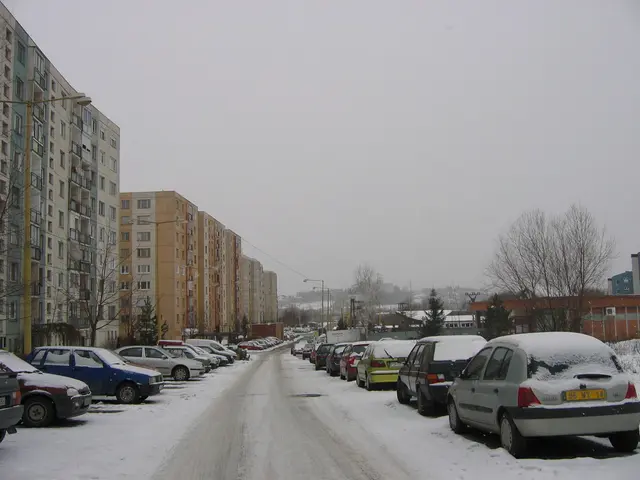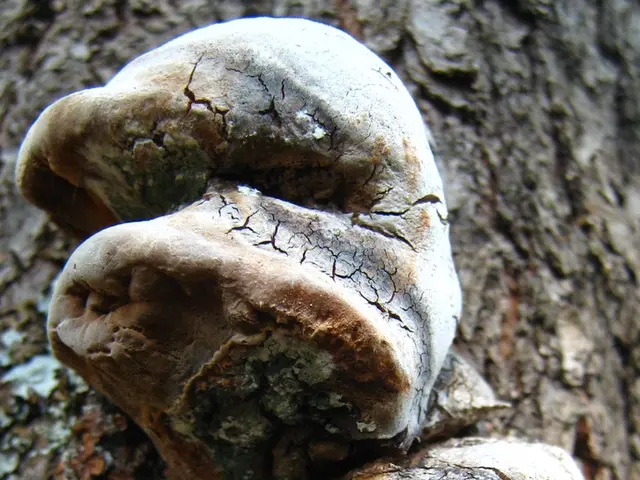Elevated fire hazard: Notification of mounting peril in forests
Headline: Taking Precautions to Minimize Wildfire Risks During High Danger Periods
As the forest fire danger index rises to level 3 out of 5, it is crucial for everyone to take safety measures and precautions to minimize the risk of wildfires and ensure safety.
Safety Measures and Precautions
- Avoid Open Flames
- Campfires, charcoal grills, and BBQs should be avoided unless they are allowed in designated areas. Always ensure that campfires are fully extinguished before leaving them unattended.
- Fireworks should never be used in high fire danger conditions.
- Vehicle Safety
- Avoid parking vehicles on dry grass or flammable vegetation to prevent accidental ignition.
- Ensure tow chains are secured to prevent sparks.
- Smoking
- Cigarettes should be disposed of safely, never tossed from vehicles or on the ground.
- Wildfire Prevention at Home
- Create and maintain defensible space around homes by clearing flammable debris and vegetation.
- The immediate zone (0–5 feet) should be free of flammable debris, with non-combustible landscaping used.
- The intermediate zone (5–30 feet) should be pruned and maintained to ensure a defensible space between structures and vegetation.
- The extended zone (30–100+ feet) should be thinned to reduce fuel continuity and clear deadfall.
- Harden your home by using Class A fire-rated roofing and siding, installing ember-resistant vents and screens, and keeping gutters clear. Remove flammable furniture from decks.
- Community Action
- Organize with your community to become a Firewise USA recognized site. Conduct a wildfire risk assessment and develop a mitigation plan.
- Outdoor Activities
- Exercise extreme caution when operating machinery (e.g., ATVs, chainsaws) in forested areas. Avoid using these during peak fire danger periods.
- Be highly cautious when traversing grasslands or forests, as these areas are more susceptible to ignition.
- Stay Informed
- Regularly check local fire danger ratings and follow any bans or restrictions in place.
By following these guidelines, individuals can significantly reduce the risk of wildfires and safeguard communities during high-risk periods. The city administration appeals to everyone to be particularly careful to avoid fires. Non-compliance with the smoking ban can result in high fines and claims for damages. Disposing of burning objects such as cigarettes or candles near forests or dry meadows should be avoided.
In case of a fire, call the fire department at 112. It is advisable not to light any fires. Candles on cemeteries should only be placed in the provided grave lanterns. The smoking ban must be complied with, and grilling should only take place at designated areas. Vehicles should not be parked on dry meadows, and barbecuing outdoors should only take place at designated areas. Following these rules can contribute to protecting nature and preventing fires. The smoking in the forest is prohibited in the summer. Tomorrow, the grass fire index will rise to level 4 out of 5.
Science and weather play a significant role in the heightened forest fire risk, as dry and warm conditions contribute to an increase in fire danger. Environmental science, specifically wildfire prevention strategies, can help mitigate the risks during high danger periods by implementing safety measures such as avoiding open flames, being cautious during outdoor activities, and regular checks on local fire danger ratings.








